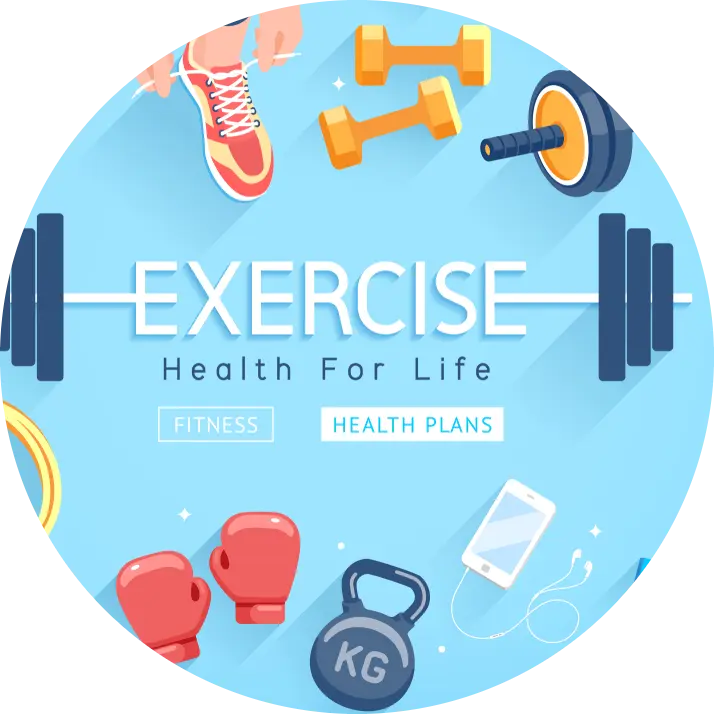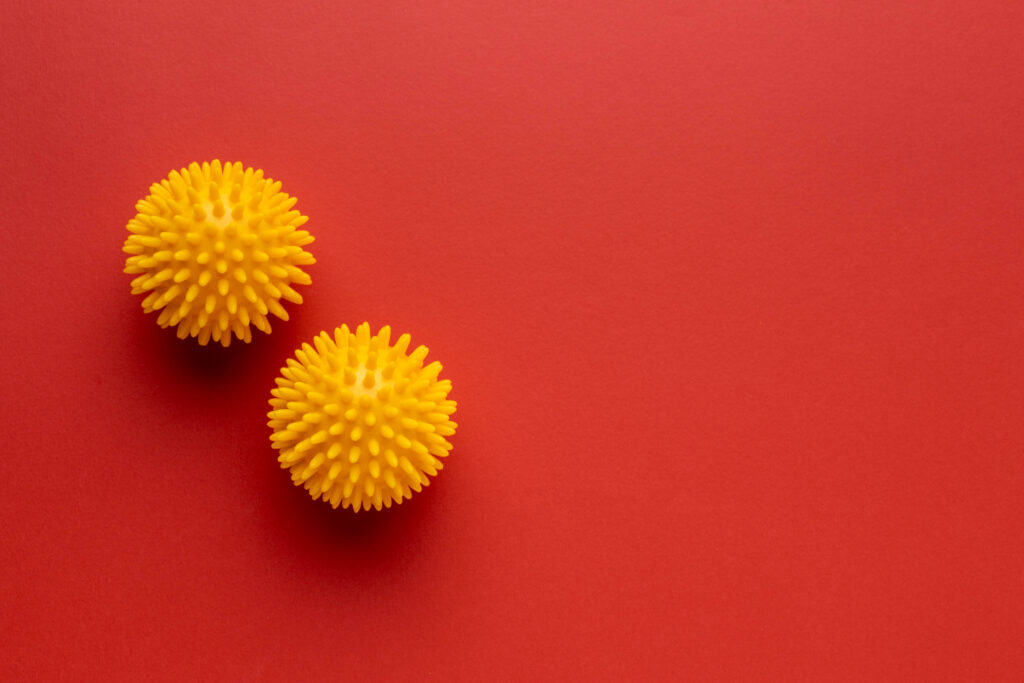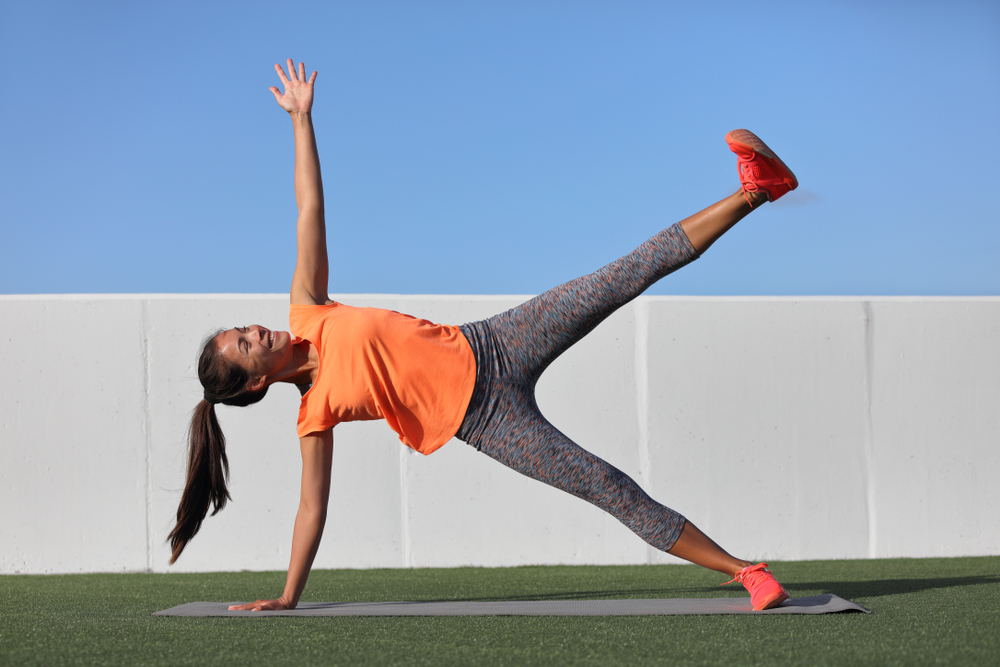How many sets do we have to dedicate to the forearms per day? How many series a week? How to train them? In this article we are going to answer these three questions based on scientific evidence and the conclusions of the best world experts on the subject, so that we have a standard guide on which to build our training program.
Should we train the forearms directly?
Depends. The answer is almost always it depends. If we are beginners who also have limited training time, it will be more useful to dedicate time to training multi-joint exercises that challenge our grip . Examples of this are pull-ups and deadlifts .
In this way we will build a good base in our forearms, while increasing strength and muscle mass. And we will dedicate that time to learning good deadlift technique and other basics , instead of focusing in isolation on the forearms.
As we increase our level of training and that muscular base, and if we also have time for it without taking it away from other important exercises, we can focus on directly stimulating our forearms . Below we will see a brief practical guide on how to do it.
How many sets per day and times per week are recommended to train the forearms?
The Renaissance Periodization group provides reference data for forearm training . From the minimum volume to maintain them, to the maximum volume that we should not exceed because it would be counterproductive.
Maintenance volume.
As we have mentioned previously, the grip strength and muscle mass of the forearms can be improved without directly stimulating them . Of course, we need traction exercises , such as pull-ups, rows and all the back and biceps work . In addition to other exercises such as the deadlift that demand great grip strength.
That is why, in times of lower volume or rest, we can maintain the muscle mass of this part of the body without having to dedicate any exercise or series to it in isolation. We would therefore speak of zero weekly series and zero days a week directly, with back, biceps and deadlift days being stimulated .
Minimum effective volume (VEM) and maximum recoverable volume (MRV).
The minimum effective volume is the number of weekly series with which adaptations begin to occur. In the case of forearms it is as low as two – four sets per week for beginners, which could be completed in a single training day a week.
In people with a higher level of training, the minimum number of weekly series to produce adaptations would be eight series, preferably performed on two days a week. Therefore, we could do four sets of forearms on Monday and another four sets on Thursday.
The maximum recoverable volume is the other extreme: the maximum number of sets above which we should not go . As we have already mentioned, they are reference data on which we must create our program, adapting them to us. In the case of the forearms, and because the forearm receives a lot of fatigue from other exercises, the maximum recoverable volume is highly variable.
The number of weekly sessions that we dedicate to it also influences, and we can introduce more series if we train the forearms more days a week . So with two sessions a week the MRV would be about 15 series; with three days of forearm training a week the MRV would be about 20 sets.
Maximum Adaptive Volume (MAV).
With all this fuss, how do I train my forearms then? We must move between the minimum effective volume and the maximum recoverable volume . This space is known as the maximum adaptation volume and is where we must base our program.
Knowing that it is recommended to train each muscle group two or three times a week , and knowing that we should move between four and 15 weekly series in subjects with a lower level of training, and between eight and 20 weekly series in higher level subjects, We will adjust our puzzle to fit all of this.
We can create all the combinations we want as long as there is a minimum of four and a maximum of ten series per session . We can: train two days a week and do five sets each day; We can train three days a week and do four sets one day, and six sets each of the other two days; and so any distribution that fits you.
Forearm Training in the Gym: Forearm Exercises.
The forearm is the part of the arm that goes from the elbow to the wrist. In this area we find muscles that are responsible for flexing and extending the wrist. Therefore, to stimulate these muscles we must mainly perform wrist flexion and extension exercises .
1. Barbell standing wrist curl.
In this first exercise we perform a wrist flexion trying to raise the bar as much as possible , without moving anything other than our hands. We grab the bar at the same width as our shoulders and try to hold it for a second when the bar is at its highest point.
2. Dumbbell standing wrist curl.
In this case we work with dumbbells, but the exercise is very similar to the previous one. We perform a wrist flexion trying to get the dumbbells to rise as high as possible and then we press for a second before doing another repetition.
3. Dumbbell bench wrist extension.
The opposite wrist flexion movement that we have seen in the previous forearm exercises is the wrist flexion movement. In this case we support the forearm on an elevated surface such as a drawer or a bench, and perform said wrist flexion .
4. Dumbbell bench wrist curl.
This exercise for the forearms is similar to the previous one, except that now the palm of the hand faces upward. We therefore perform a wrist flexion, mainly stimulating the flexors of that joint .
5. Make a fist with hand grip.
On this occasion we do not mobilize the wrist, but instead focus on making a fist . The hand grip is a tool that allows us to regulate the force we have to exert in the grip, being able to progress with greater intensity each time.
How we reviewed this article:
Our team of experts is always monitoring the health and wellness field, ensuring that our articles are updated promptly as new information emerges. See Our Editorial Process
May 13, 2025
Written By: Uttam
Reviewed By: Kapil Yadav
Written By: Uttam
Reviewed By: Kapil Yadav

 Workout
Workout
 Meditation
Meditation





 Contact Us
Contact Us










